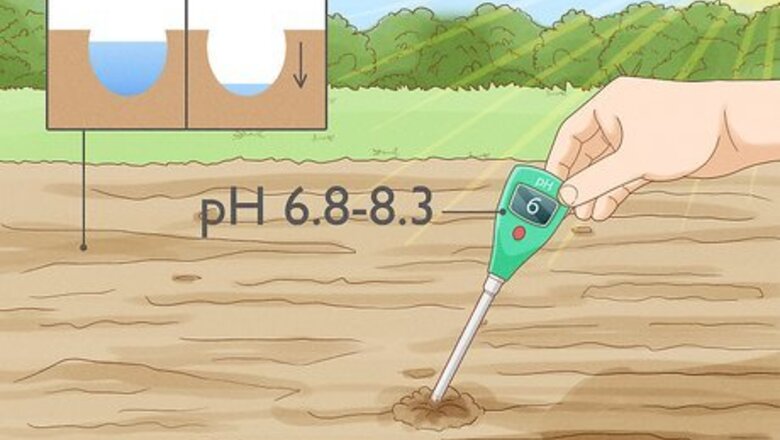
views
Planting the Seeds Outside

Find a suitable place in your garden. Toothpick weed needs to grow in a sunny, well-drained area of your garden. The pH of the soil should be between 6.8 and 8.3. While toothpick weed can grow in partial shade, it does best when it has full sun. Since it is difficult to transplant toothpick weed, it is better to sow seeds directly outside in your garden rather than plant it in a pot. To test how well the water drains, water the spot thoroughly. Return an hour later. If there is standing water, mix peat, sand, or perlite into the soil to improve drainage. You can find the pH of your soil by using a soil testing kit, usually available at garden or home improvement stores.
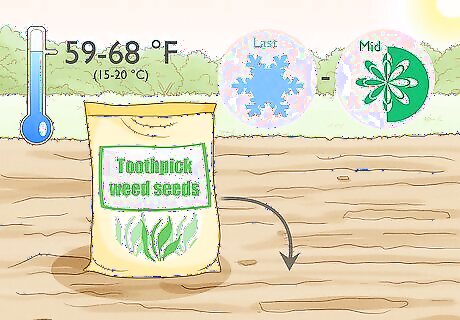
Start after the last frost. Toothpick weed seeds can be sown outside after the last frost in mid to late spring. The temperatures outside should consistently be between 59–68 °F (15–20 °C). In warmer climates, you may be able to plant the seeds in autumn so that they will bloom in late spring. In colder climates, however, the seeds may not survive the winter.

Prepare the soil for planting. Remove any rocks or weeds from the area where you want to plant the toothpick weed. Apply 1–2 inches (2.5–5.1 cm) of compost, and turn the soil over with a spade to combine the compost with the top 6–8 inches (15–20 cm) of soil. Smooth the soil out when you are done.
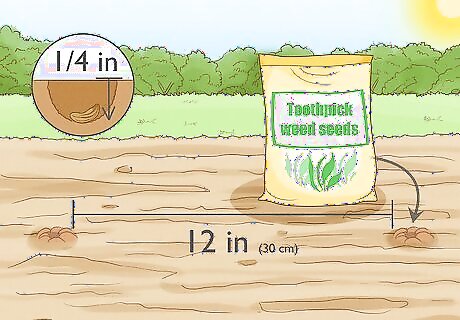
Sow the seeds on top of the soil. Space each seed about 12 inches (30 cm) apart. Dust them with a light blanket of soil on top so that they are ⁄4 inch (6.4 mm) deep. Water the seeds immediately after planting.

Water the plant daily. As they germinate and bloom, keep watering the plants them consistently. While the soil should always be moist, there should never be standing water around the plant.
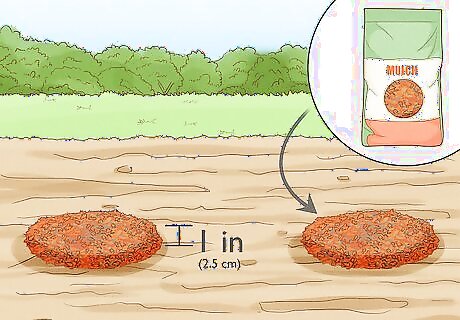
Add mulch to keep the soil moist. Mulch can help improve drainage while keeping the soil moist. Add a 1 inch (2.5 cm) layer of mulch around the seedlings.
Caring for Toothpick Weed
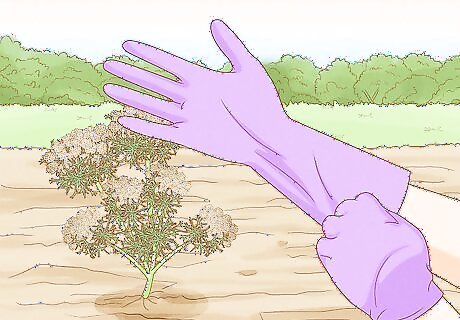
Wear gloves when handling toothpick weed. The sap from this plant can cause skin irritation. Whenever you are working with it in the garden, make sure that you are wearing gloves.
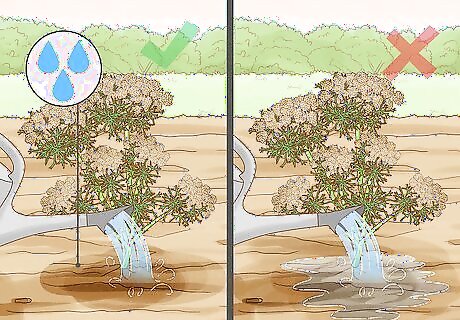
Keep soil moist but not wet. Use a hose or a watering can to water the plant. Make sure you evenly cover the soil around the plant. Avoid watering at night, as this can cause mold to grow on the plant.
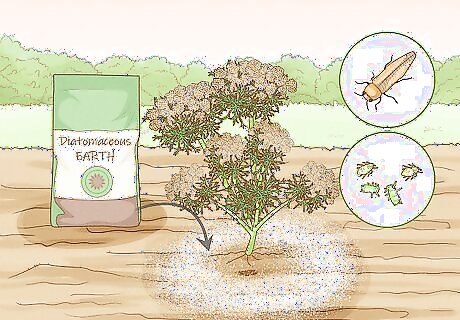
Watch for common pests. Aphids, slugs, and thrips can all feed on your toothpick weed, causing holes or disease to affect your plant. Keep an eye out for any insects that may be feeding on your plant. Aphids are small green or black bugs. To get rid of aphids, you can use an insecticidal soap or introduce ladybugs to your garden. If slugs are a problem, spread diatomaceous earth around your toothpick weed. Thrips are long and slender. If you think you have thrips, weed the garden before laying down strips of aluminum foil between each plant.
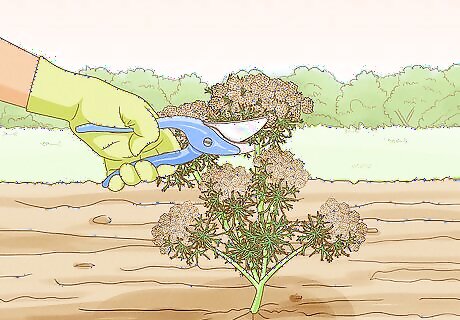
Harvest the flowers in summer and autumn. Toothpick weed blooms for several months. You should start seeing flowers in summer, and some may last through autumn. These flowers can survive in a vase for up to ten days. Snip off the flowers with sharp gardening scissors and place them in a vase with water.
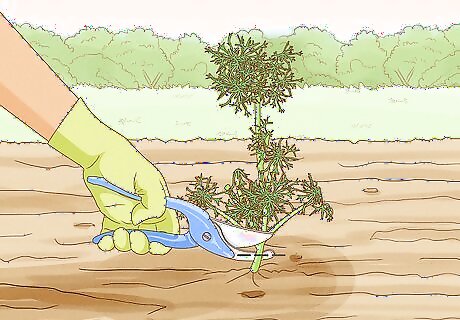
Remove the plants at the end of autumn. Removing dead plants will prevent disease at the beginning of the next year. Dig up the plants to help prepare the soil for next year.

















Comments
0 comment